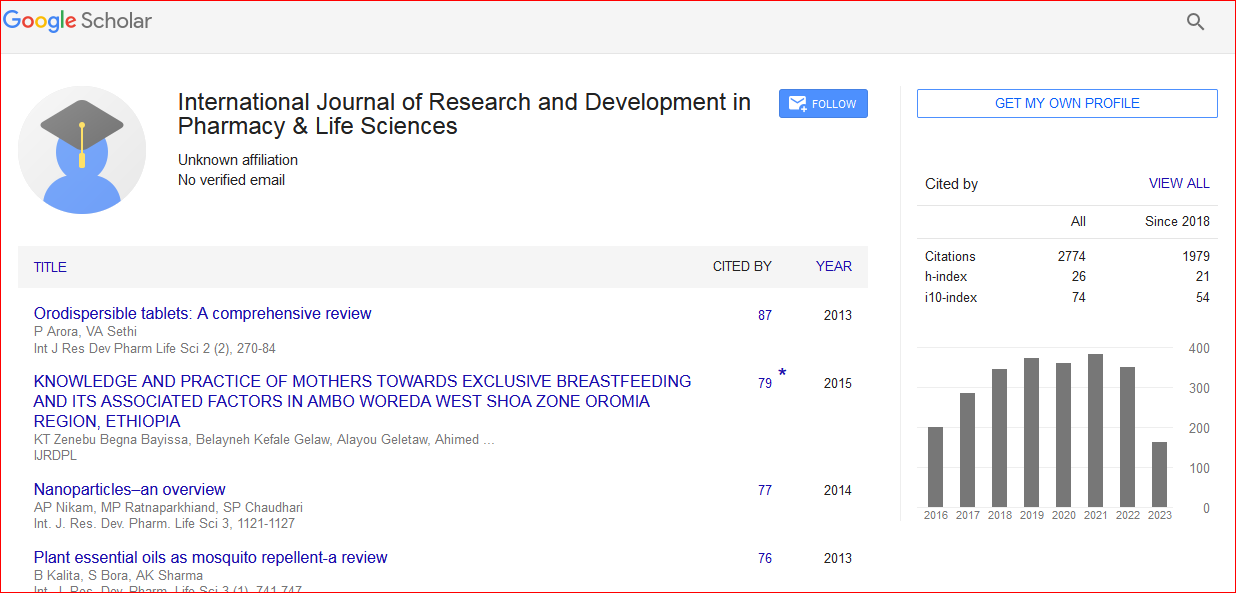Review Article
SOIL AND ITS ECONOMIC IMPLICATIONS IN INDIA
Abstract
Soil is a complex media formed by a porous matrix, in which air, water and biota occur together and its severe degradation is another reality that depends on several factors. Soil problems are influenced by the diversity, distribution and specific vulnerability of soils. They also depend on geology, relief and climate and in India, soil conditions are no good and are even further worsen by human activities. The different ways to categorize impacts includes the on-site and off-site impacts, cost of suffered damage and damage avoidance cost, direct & indirect use values and the non-use values (not quantified). The five major cost categories are: PC, RC – on-site costs, SC, DC – off-site costs & NC – non-use costs. Assessment of economic impacts of soil degradation have revealed that off-site costs (SC+DC) exceed on-site costs (PC+RC) by 12:1 and the cost of suffered damage (PC+SC) was higher than damage avoidance cost (RC+DC). In the present scenario, we have already realized the fact of “Down to earth, down to basics” – solving soil problems will help solve other problems at the National and global levels. As soil has multiple users, consideration of soil has to be integrated at different levels. There is a need for administrative (from local to National and global), sectoral (sectors and other environmental issues) and geographical integration (landscapes, urban, rural, mountain and coastal areas) of both soil assessment approaches and soil protection policies. There are appropriate actions to be taken at all administrative levels, from land planning at the local and sub-national levels, to the set-up of environmental and sectoral policies at the national levels, and the launch of initiatives on a global scale.

 Spanish
Spanish  Chinese
Chinese  Russian
Russian  German
German  French
French  Japanese
Japanese  Portuguese
Portuguese  Hindi
Hindi 
